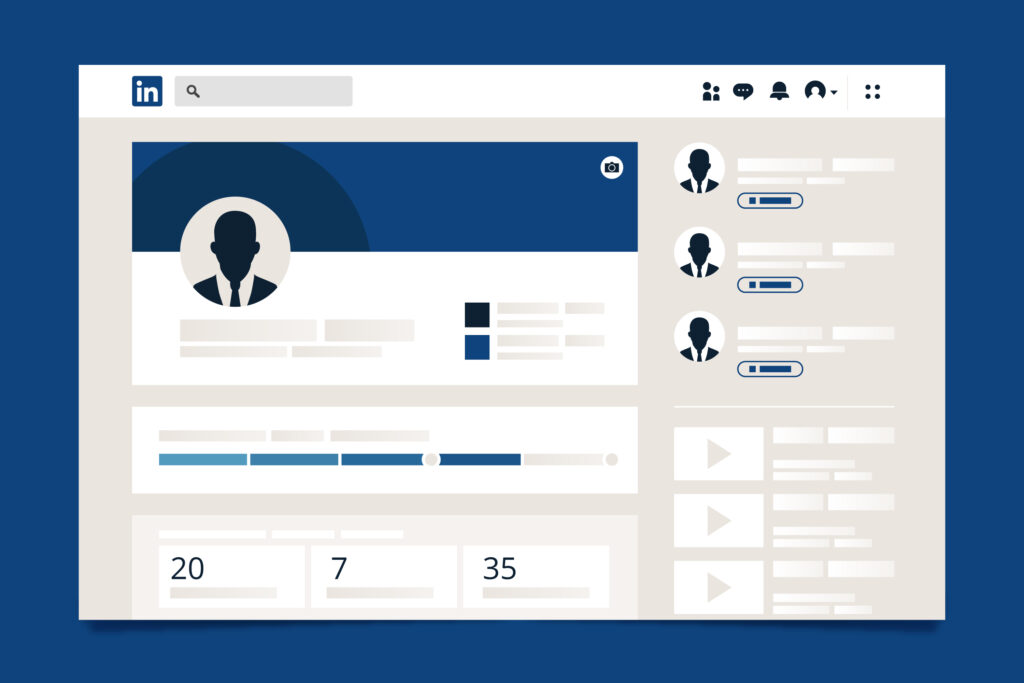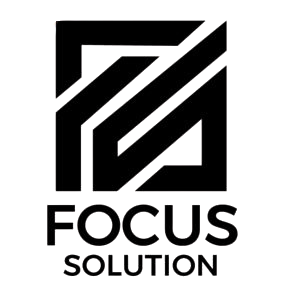Why Your LinkedIn Profile Is More Powerful Than Your Résumé

A résumé is a static snapshot. Your LinkedIn profile is a living, searchable, social proof–rich identity that recruiters, clients, and algorithms use to find and evaluate you often before they ever read a PDF. Here’s why your LinkedIn presence outperforms a résumé, and how to make it work for you.
1) Massive reach + constant discovery (your résumé can’t do this)
LinkedIn is the world’s largest professional network with 1B+ global users. According to LinkedIn News Every minute, 9.5K+ members apply for jobs, 17K connections are made, and 148 hours of learning content are consumed activity that fuels discovery and relevance signals your résumé can’t generate on its own.
Recruiters search for your profiles, they don’t just read them. According to the report by LinkedIn Business Solutions. Since 2019, the share of recruiter searches using skills filters has grown 25%, and recruiters are now 50% more likely to search by skills than by years of experience a profound shift that rewards skills-rich, keyworded profiles.
2) It converts attention into opportunities
LinkedIn’s hiring flywheel increasingly starts on the platform. According to a article by Hootsuite, independent analyses of company data show 7 people are hired every minute on LinkedIn, and members apply for thousands of roles each minute. Your résumé rarely participates in this stream unless your profile brings you into it.
Recruiters who run skills-first searches see +24% higher InMail acceptance rates meaning the right skills on your profile make you easier to contact and more likely to get conversations started as highlighted by LinkedIn Business Solutions.
3) It carries social proof and portfolio depth
Unlike a résumé, your profile can host rich media like presentations, code, campaigns, Recommendations, and Skills + Endorsements that back up claims with third-party signals. Those signals, combined with network proximity (mutual connections, shared communities), heavily influence whether a recruiter or buyer engages—again, dynamics a résumé can’t emulate. (See LinkedIn’s scale and per-minute activity above.)
4) It is built for skills-based hiring (résumés are built for job titles)
Skills-based hiring is accelerating as roles evolve with AI and new tech. LinkedIn’s data shows the platform and recruiters on it are shifting evaluation from pedigree to verifiable skills and adjacent skill overlap. That materially expands the talent pool beyond people who’ve held the exact title before, which is good for switchers and career growers whose résumés look “non-linear” as highlighted by LinkedIn Economic Graph.
5) It plugs into AI-driven matching and new hiring workflows
LinkedIn is rolling out AI that drafts job specs, finds and messages candidates, and streamlines scheduling, early results show AI-crafted outreach driving higher acceptance rates. If your profile is incomplete or not optimized for skills the algorithms simply won’t surface you as highlighted by The Times.
How to Make Your Profile Outperform Your Résumé (Step-by-Step)
- Headline = value prop + keywords
Include the role you want, core skills, and a concrete outcome
(e.g., “Product Manager | AI + Growth | Scaled activation +30%”).
This maps to how recruiters search by skills as highlighted by LinkedIn Business Solutions. - About = proof-packed narrative (5–7 lines)
Lead with a one-sentence promise, then 2–3 quantified wins, and a skills line that mirror job-market demand (AI literacy, analytics, stakeholder mgmt.). This aligns to the skills-first shift as highlighted by LinkedIn Business Solutions. - Experience = achievements, not chores
Each role should have 3–5 bullets, start with strong verbs, end with numbers. Include impact, scale, time you spent at that job. Also, add rich media like demos and links. - Skills = 20–30 prioritized, ordered
Pin your top 3 skills and ensure the full list covers domain + tools + methods for example, “SQL, Python, GA4, A/B Testing, Prompt Engineering”). According to LinkedIn Business Solutions, this is exactly what skills-filters match against. - Recommendations + Featured
Ask 2–3 stakeholders for short, outcomes-focused recommendations. Feature your best work and talks to add portfolio depth. - Open to Work + Alerts
Set role titles, locations, remote preferences, and salary bands consider the public badge for short bursts to unlock higher recruiter outreach as highlighted by tryapt.ai in their article
A great résumé still matters especially for formal applications but the market increasingly finds and vets talent on LinkedIn. With skills-first search, per-minute hiring activity, and AI-assisted matching, your LinkedIn profile is the more powerful, networked, and data-rich representation of your professional brand. Treat it like a product page for you and keep shipping updates.
